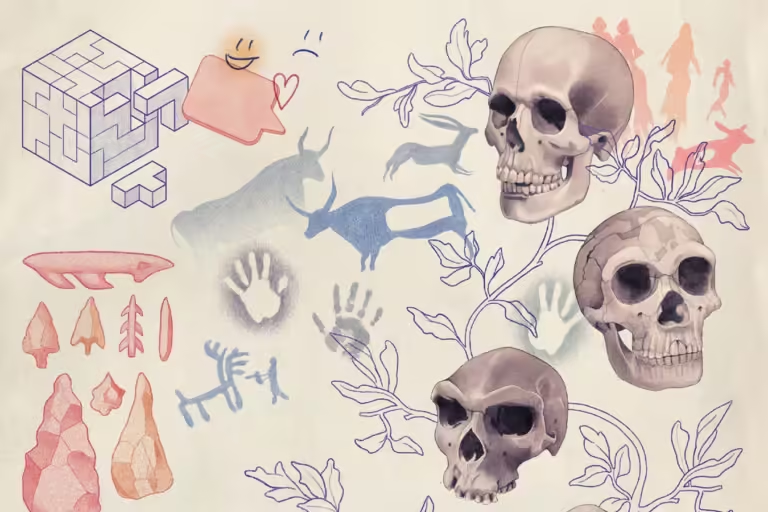
Is it in the way we live, laugh, love? Or is it our aversion to clichés? Deep inside each of us, there must be something that makes us human. The problem is, after centuries of searching, we haven’t found it yet. Maybe it’s because we’ve been looking in the wrong places.
Ever since researchers began unearthing ancient hominin bones and stone tools, their work has held the tantalizing promise of pinpointing the long-ago moment when our ancestors transformed into humans. Two of the most important fossil discoveries in this quest reach an important milestone this year: 100 years since the first “near-human” was found. Australopithecus Fossils have been discovered in South Africa that have upended previous ideas about human origins, and it’s been 50 years since the most famous fossil was found. Australopithecus Lucy, also known as humanity’s grandmother, emerged from the dusty hills of Ethiopia, and the two fossils have led researchers to believe they can pinpoint humanity’s Big Bang, the period when a dramatic evolutionary wave led to the emergence of humans. Homo.
But today, the story of human origins is much more complicated. A series of discoveries over the past two decades has shown that the beginning of humanity is harder to pinpoint than we thought. So why did it once seem like we could define humanity and pinpoint its emergence, thanks to Lucy and her peers? Why are we now further away than ever from pinpointing exactly what it means to be human?

